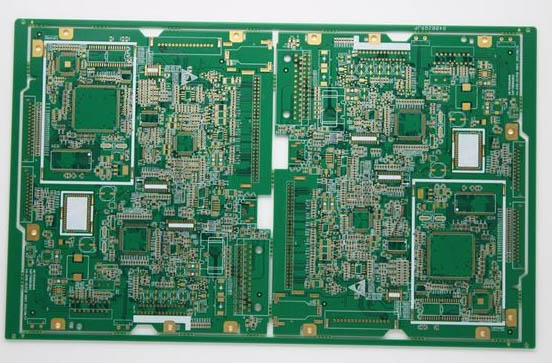PCB manufacturers, does the automation of electronic assembly factories really have a chance to succeed?
In 2014, Terry Gou vigorously urged Hon Hai/Foxconn to introduce an army of robots to face the ever-increasing labor costs in the mainland. Some of the company’s foundries seem to have eaten this saliva, and also clamored for the introduction of automation, and began to demand ours. The design must comply with the so-called DFA.
To be honest, I personally agree with product introduction automation, because automation can make product production more stable. Please note that I did not say that automation can definitely improve product yield, because yield requires time, effort and good management. A goal that can be achieved.
The reason why I have a sour grape psychology is that I have seen many companies’ automations just to shout good. Our company has shouted a few times before, but the difficulty of full implementation is too high, so it is not only half done. Set, otherwise it will end without disease. Don't worry about the high cost of robots for the time being, because today's robots are cheaper and much more advanced than before. I personally think that the biggest obstacle to automation is the cost of product design and machine maintenance.

If you want to automate the production line, you can't just buy the robot and import it. You have to design the assembled parts into a shape that the robot can pick and place. Otherwise, how can the robot assemble the parts? And the installation method can't be circumscribed. Do you think the robot can be smart enough to lift the circuit board by 5~8 cm, and then help you insert the FPC into the connector? Even if it can be done, it must be achieved by using how complicated robots.
Let’s take the simplest screw-locking operation as an example. If you want the robot to lock the screws, you must design the screws on the same vertical baseline. Do not allow the same product to have a screw that needs to be locked at a 90-degree angle. The other screws should be locked at a 45-degree angle, and it is best to design all the same screw types, because the simplest and cheapest robot can only lock the same type of screw at the same angle at a time. If you lock one screw at a time, If you have to change a screw-locking robot, it would be easier to lock it manually, and the more robots you import, the higher the maintenance cost. The robot will never be broken, right? Parameter adjustment also takes time to adjust, right?
Take the SMT (Surface Mount Technology) industry with the highest degree of automation now to illustrate, have you found that almost all parts are tape-on-reel packaging, and the surface of each part must be reserved. If the plane sucked by the nozzle of the placement machine (mounter), if there is no plane, a high-temperature-resistant flat film (Mylar) must be attached to complete the automated operation. And all parts of SMT work are vertical pick and place.
That is to say, the first necessary condition for automation is to start with part design changes. The second necessary condition is that the finished product assembly operations are simplified to vertical up and down. These two conditions are not something you can automate if you want to automate.
Since the foundry is already eager to try, and there are senior executives in the company who want to fake the name of automation to achieve the goal of cost reduction, there should be a chance to put more data on it for your reference in the future. ipcb is a high-precision, high-quality PCB manufacturer, such as: isola 370hr PCB, high-frequency PCB, high-speed PCB, ic substrate, ic test board, impedance PCB, HDI PCB, Rigid-Flex PCB, buried blind PCB, advanced PCB, microwave PCB, telfon PCB and other ipcb are good at PCB manufacturing.